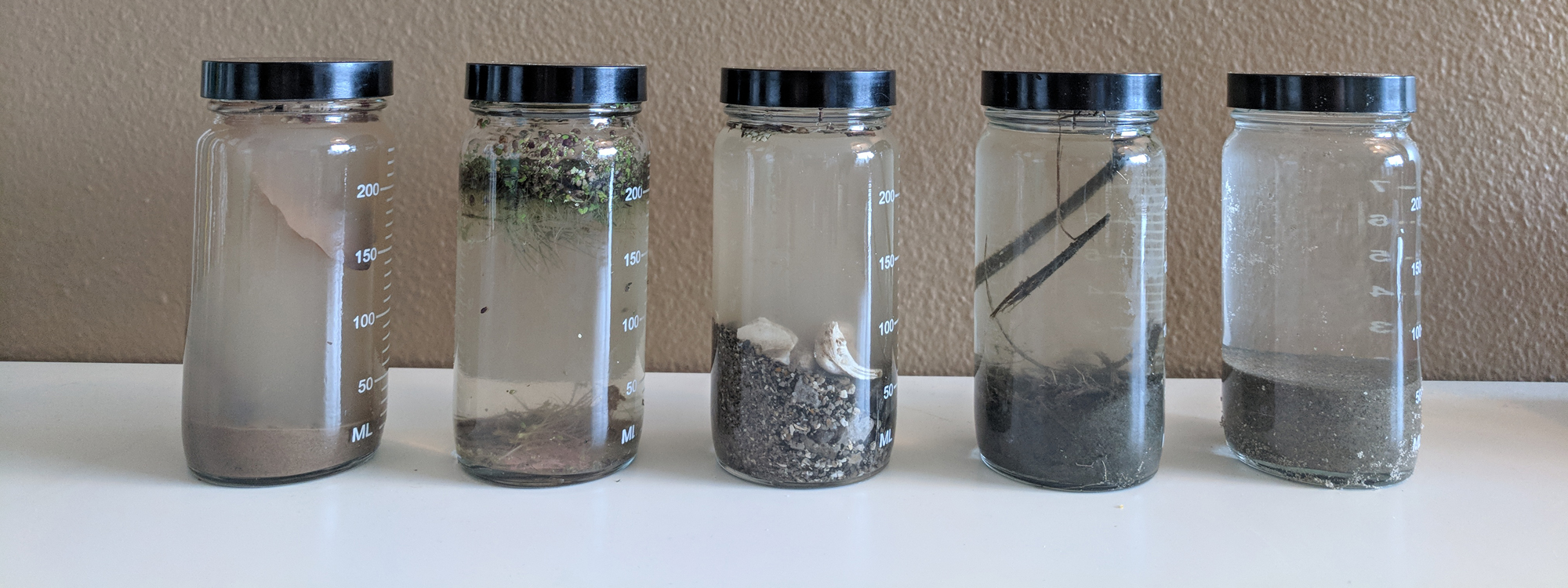Our planet’s changing climate will radically transform not only our landscapes but the industries that have developed around them. In her capstone, M.L.A. student Rachel Valenziano explores how to redevelop areas of the Louisiana coastline that are currently used by the oil and gas industry.

You’ve focused your research on reimagining areas of Louisiana that will be altered by both by climate change and a shift in the energy industry. Can you tell us more about your work?
The site that I’m examining is a seaport that services offshore extraction infrastructure. It will mostly survive the projected sea-level rise through 2100, however, it may not survive its current function, considering the global decline of easily accessible crude oil. I’m exploring the potential for this site to become a place for cultural and ecological learning, where people who are, or were once from a vulnerable coast can reconnect with a cultural heritage and people outside of this region can learn about changing coastal ecosystems and our impact on the environment. The site would be situated in a field of former oil wells, converted to geothermal energy producers. Rather than energy production being an invisible part of daily life, the site would become a center where each part of the process would be linked to a human experience. I think, through a framework of energy and learning, it can be a place to memorialize communities and lifeways lost to sea-level rise and a way to embrace new energy technologies.
Why did you decide to conduct your research in Louisiana?
I’ve always been fascinated with systems and Louisiana sits at the intersection of many. Sea level rise, land loss and subsidence, infrastructure, urbanization, cultural diversity, and a rich heritage, all within this ubiquitous skeleton of oil and gas infrastructure. Each system impacts all of the others and climate change affects all of them at once, resulting in a complex, yet globally relevant, set of questions.
How did you conduct your research?
My research has evolved through three trips to southern Louisiana. On the first trip, I spent days driving around, exploring, and photographing. I drove to the ends of all of the roads in the coastal region, examining how levees change the landscape experience. Leading up to and during the second trip, I talked with as many folks as possible. I met with port officials, folks in the oil and gas industry, environmental engineers working on coastal restoration projects, historians, community leaders, and researchers. On my final trip, I focused on materials research. I wanted to better understand the water ecosystems and the natural materials that have created the Louisiana of today. I collected samples, photographed, and recorded the ecosystems of the coast. I hope that this examination can guide my site design and inspire space-making.
What do you hope to discover through your project?
I hope to discover a way of understanding the role of design in unforeseeable future landscapes, within the framework of scenario planning and speculative investigations. My goal is to create a set of adaptable strategies that can evolve to fit various environmental conditions and serve programming needs.
In an ideal world, what outcomes would you like to see from your research?
Through my research and explorations, I hope that I can design a place that is novel, that services the needs of local and regional communities, and that is also a space that is beautiful and inspiring.
This July, four million people in Cape Town, South Africa, may be without water, their pipes dry as the city succumbs to a devastating drought. Around the world, governments and their citizens are grappling with issues of water availability, cleanliness, and management.
As a child, Brianne Fast (Landscape Architecture) was captivated by stories of polar expeditions. It’s a fascination she’s incorporated into her studies and, in part, one that led her to spend a semester abroad in Norway at the Oslo School of Architecture (AHO) investigating the United Nation’s Man and Biosphere (MAB) program in the Lofoten Islands.
On November 24, 2016, the Colombian government and the Fuerzas Armadas Revolucionarias de Colombia (FARC) signed a peace accord after over 50 years of armed conflict. As the country tries to move forward Daniela Duque Quevedo and Danielle Jurichko, two students in the College of Design’s Master of Landscape Architecture program, are exploring how design and landscape architecture can help provide a space for healing.





